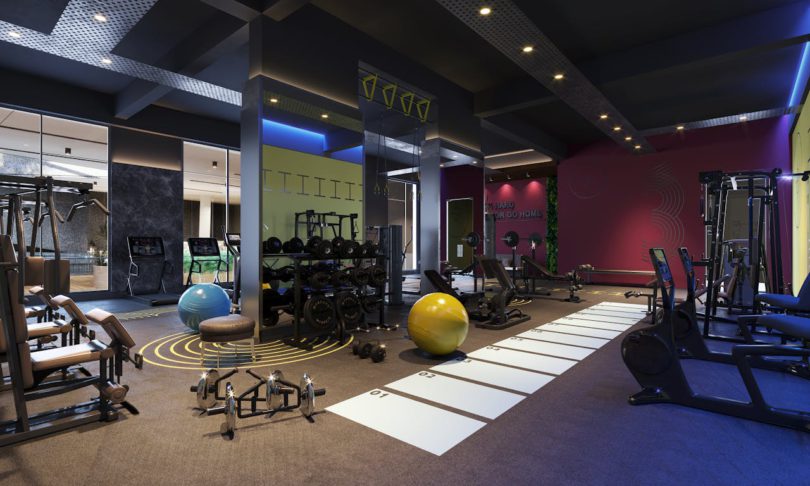For Daniel Cross, the highlight of his day isn’t a night on the town or a fancy dinner out—it’s his morning shower at the gym. At Pulse House, a luxury fitness club in London, he heads straight for the private stone-tiled shower rooms. Lavender and eucalyptus-scented body wash fills the air, and the soft white towels feel more like something from a five-star spa than a workout facility. For Cross, who often uses the club’s Cowshed-inspired lotions and body products, the ritual sets the tone for the entire day.
The catch? None of this is in his flat. His sanctuary is part of a gym membership that costs him £285 a month, a price he insists is worth every penny. Amenities include sea-salt saunas, fresh air filtration, ironing services, and even dry-cleaning options.
A “Second Home” for Young Professionals
At just 24, Cross—who works in digital marketing—has already been a member for six years, calling the gym his “second home.” At one point, his membership fee was close to 10% of his salary, yet he prioritized it over almost everything else.
“I could have gone out for dinners or booked weekends away, but the gym gave me more,” he explains. “It’s not just about lifting weights—it’s a place where I relax, work, and recharge.”
He’s not alone in this thinking. Recent surveys highlight a broader generational shift. A Credit Karma poll found that more than a quarter of UK adults under 25 view gym memberships as essential expenses, putting them ahead of nights out or clubbing. Meanwhile, data from The Gym Group shows nearly one in five people aged 18–24 rank health and fitness above socializing.
The Rise of the Luxury Fitness Club
The demand for premium fitness spaces is booming. Clubs like Pulse House aren’t the only ones capitalizing. Zenith Club, another high-end chain, has expanded rapidly, charging £200–£300 a month depending on the location. Other luxury gyms take it even further: Lanserhof Mayfair costs £6,500 per year, while Surrenne in Belgravia charges £10,000 annually, plus a £5,000 joining fee.
Even more mid-range luxury clubs are investing heavily. David Lloyd Leisure recently announced a £500 million investment to upgrade facilities with co-working areas, spa retreats, and wellness hubs designed to keep members lingering long after their workouts.
Fitness Over Pubs and Clubs
For Amir Patel, a 27-year-old charity worker training to become a personal fitness coach, the shift is both financial and personal. He spends about £240 a month at Urban Forge, one of London’s trendiest gyms, and says it’s still better value than spending weekends in pubs or bars.
“Fitness has been my therapy,” he says. “When I’m stressed, I train. When I need stability, I train. And honestly, being around people who share that mindset has opened doors for me professionally too.”
Patel describes the little touches—the towel handed to him at reception, the calm of the sauna after a session—as mood lifters that improve his productivity for the rest of the day.
Social Fitness and Mental Health
For others, luxury gyms and boutique studios have become social hubs. Sofia Desai, a 25-year-old project manager, spends around £80 a month on classes like pilates and barre. She views them as both exercise and a form of connection.
“Instead of going for drinks, my friends and I book a class,” she explains. “It’s healthier, it’s social, and it clears my head after a long day.”
Studies support this trend, noting that Gen Z often links fitness directly to mental well-being. Unlike traditional gyms, which many see as places to rush in and out, high-end clubs encourage members to slow down, stay, and engage with the community.
A Lifestyle, Not Just a Gym
Executives in the industry are leaning into this mindset. Pulse House’s CEO has even compared the member experience to staying in a boutique hotel, complete with lounges, cafes, and spa-level amenities.
For Cross, the idea of switching to a budget gym isn’t even on the table. “It wouldn’t feel the same,” he admits. “I’d probably go once and never want to return. This is about more than working out—it’s about how I live.”
With more young professionals trading pub nights and shopping sprees for fitness investments, it’s clear that the gym has evolved from a place of sweat into a cornerstone of lifestyle, identity, and even community.

